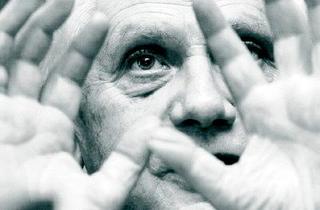
Two trumpets of the same Spirit
"Augustine, who in his youth wrote a book on the Beautiful and the Harmonious [De pulchro et apto] and who appreciated beauty in words, in music, in the figurative arts, had a keen appreciation of this paradox and realized that in this regard, the great Greek philosophy of the beautiful was not simply rejected but rather, dramatically called into question and what the beautiful might be, what beauty might mean, would have to be debated anew and suffered. Referring to the paradox contained in these texts, he spoke of the contrasting blasts of "two trumpets", produced by the same breath, the same Spirit. He knew that a paradox is contrast and not contradiction. Both quotes come from the same Spirit who inspires all Scripture, but sounds different notes in it. It is in this way that he sets us before the totality of true Beauty, of Truth itself."
The beauty of truth embraces a love that is faithful to the end
"In the first place, the text of Isaiah supplies the question that interested the Fathers of the Church, whether or not Christ was beautiful. Implicit here is the more radical question of whether beauty is true or whether it is not ugliness that leads us to the deepest truth of reality. Whoever believes in God, in the God who manifested himself, precisely in the altered appearance of Christ crucified as love "to the end" (Jn 13,1), knows that beauty is truth and truth beauty; but in the suffering Christ he also learns that the beauty of truth also embraces offence, pain, and even the dark mystery of death, and that this can only be found in accepting suffering, not in ignoring it."

No comments:
Post a Comment